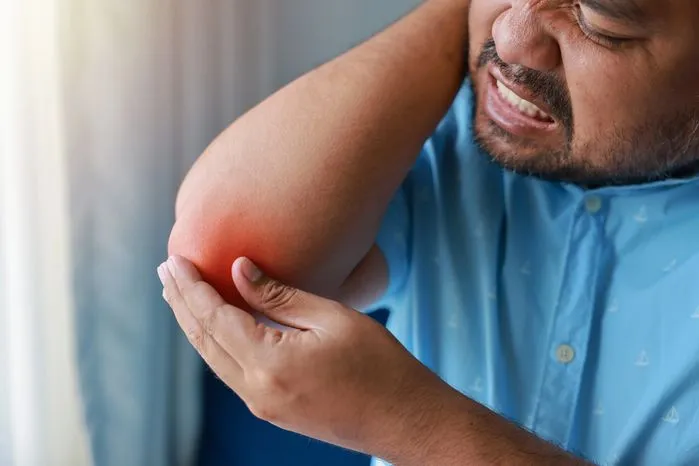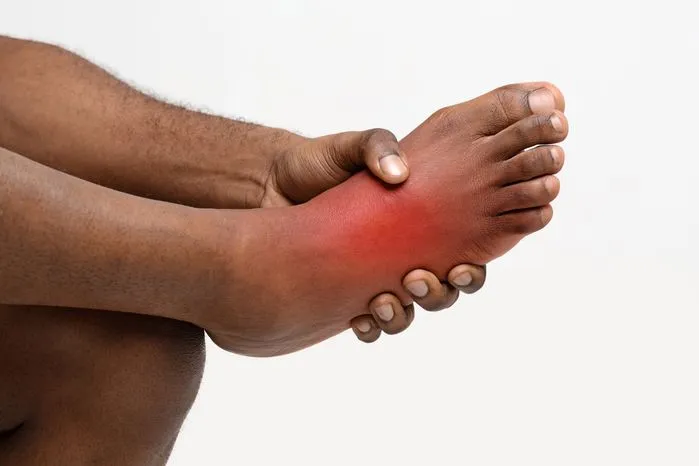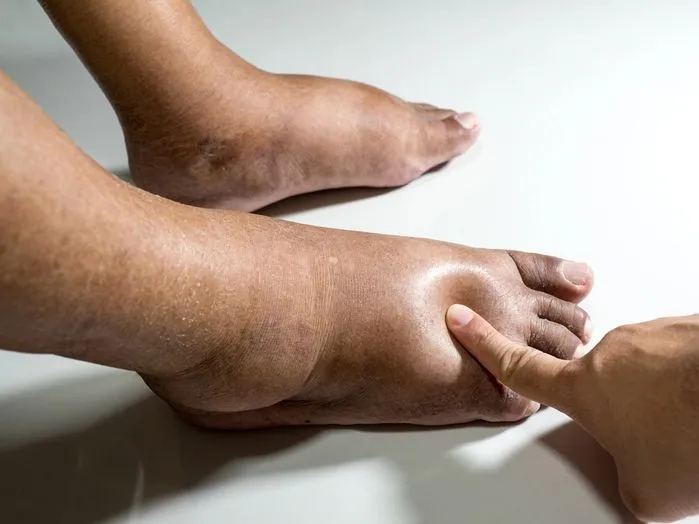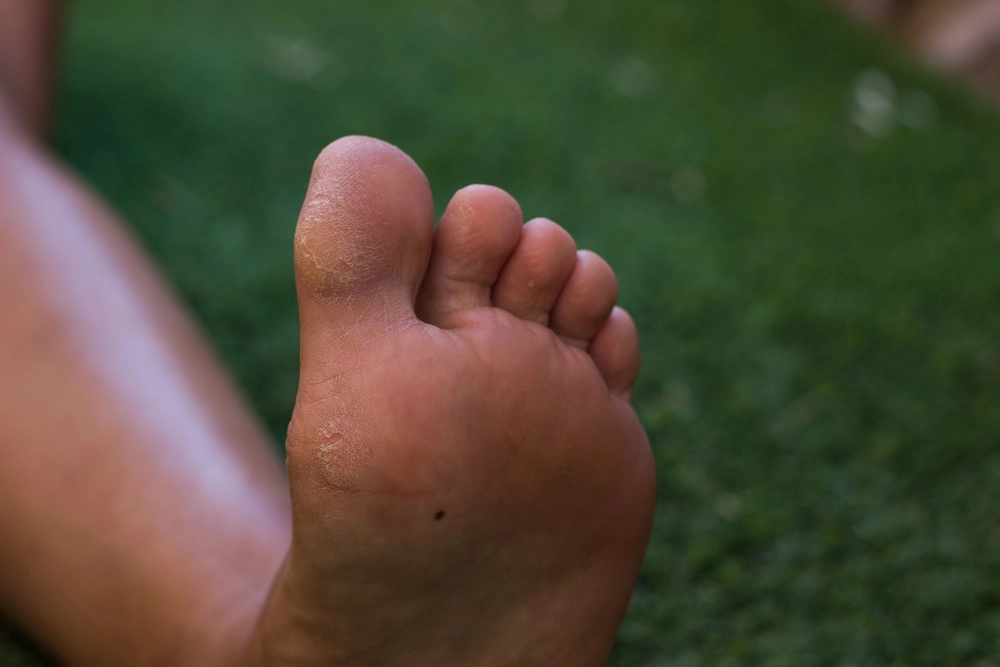
What Is Sesamoiditis Foot Injury?
If you’ve ever felt a deep, nagging pain beneath your big toe—especially after running, dancing, or spending long hours on your feet—you’re not alone. We’ve worked with foot injury cases firsthand, and we’ve seen how often sesamoiditis is overlooked or misdiagnosed. Unlike typical foot pain, this condition targets the tiny sesamoid bones beneath the ball of your foot, creating discomfort that can gradually worsen if left unaddressed.
Through years of experience and research, we’ve found that early intervention makes all the difference. In this guide, we’ll walk you through what sesamoiditis is, why it happens, and the best recovery strategies that work, including proven treatment methods, prevention techniques, and overlooked risk factors. Whether you’re dealing with mild irritation or struggling with chronic foot pain, this resource will help you take control of your healing process—based on real-world insights, not just generic medical advice.
Top 5 Takeaways: Quick Essentials for Sesamoiditis Recovery
1️⃣ Rest isn’t enough – Fix foot mechanics, footwear, and strength imbalances for real healing.
2️⃣ Act early – Ignoring pain can lead to chronic foot issues and mobility loss.
3️⃣ Wear the right shoes – Supportive, shock-absorbing footwear reduces sesamoid stress.
4️⃣ Strengthen your feet – Targeted exercises prevent recurrence and improve stability.
5️⃣ See a specialist if needed – If pain lasts more than a few weeks, consult a podiatrist.
🚀 Small changes = big relief. Start now! 👣
Understanding the Anatomy of the Foot
The foot is a remarkable structure composed of bones, muscles, ligaments, and tendons, all collaborating to facilitate movement and balance. Among these components are sesamoid bones, which play a unique role in the foot's complex architecture. These small, round bones are embedded within tendons, particularly beneath the big toe. Acting like pulleys, they provide a smooth surface for tendons to glide over, enhancing the foot's efficiency. This intricate structure includes 26 bones, 33 joints, and over 100 muscles, ligaments, and tendons. Each part works in harmony to support weight and enable movement. Understanding sesamoid bones helps to appreciate how even the tiniest bone contributes to the foot's incredible design, ensuring walking, running, and jumping occurs with ease.
Causes of Sesamoiditis
The foot's structure, though remarkable, can experience issues, including sesamoiditis. This condition frequently develops when engaging in activities such as running, dancing, or wearing high heels, which exert pressure on sesamoid bones. These pursuits increase stress on the balls of the feet where sesamoid bones reside.
Athletes face elevated risk levels due to repetitive stress from high-impact sports. Participation in sports like basketball or ballet increases susceptibility to sesamoiditis. Ill-fitting shoes also contribute as a risk factor, altering natural foot movement. Being mindful of these activities and footwear can prevent this painful foot condition.
Recognizing the Symptoms of Sesamoiditis
Recognizing sesamoiditis involves assessing symptoms. Pain may arise beneath the big toe or ball of the foot, noticeably during walking or foot bending. This discomfort can manifest as a dull ache or sharp pain, sometimes accompanied by swelling or bruising. Tiny sesamoid bones, despite their size, may lead to significant issues if overlooked. To alleviate pain, steer clear of activities that exert pressure on the foot, such as running or jumping. Rest, ice, and cushioned footwear contribute to relief. Persistent pain warrants consulting a healthcare professional for effective management. Early symptom recognition plays a crucial role in the recovery process.
Diagnosing Sesamoiditis
Diagnosing sesamoiditis involves evaluating multiple factors to identify the problem. Initially, during a clinical assessment, a healthcare professional examines the foot, inquiring about pain and recent activities that might have initiated discomfort. They assess for tenderness and swelling near the ball of the foot, where sesamoid bones reside.
To gain a better understanding, imaging tests may be recommended. X-rays can exclude fractures, while MRI findings are vital in diagnosing sesamoiditis, offering detailed images of soft tissues, and revealing inflammation or damage around these bones. This approach confirms the diagnosis and rules out other conditions. Early and precise diagnosis is essential for managing sesamoiditis effectively, ensuring a speedy recovery.
Treatment and Prevention Strategies
To manage sesamoiditis effectively, combine treatment methods with preventive actions. Incorporating rehabilitation exercises into daily routines strengthens muscles around the feet, reducing stress on sesamoid bones. Footwear modifications are also vital. Selecting shoes offering good arch support and cushioning helps distribute pressure evenly. Steer clear of high heels or hard-soled footwear, which may worsen the condition.
Rest plays a significant role too. Reduce activities that put a strain on feet to give them a break. Ice packs provide relief by reducing swelling and pain. By following these steps, symptoms can be managed, minimizing the risk of recurrence.
"In our experience working with athletes and performers, sesamoiditis recovery isn’t just about resting—it’s about identifying and correcting the hidden stressors that cause the pain in the first place. Whether it’s foot mechanics, improper footwear, or weak support muscles, the key to lasting relief is not just reducing activity but making the right adjustments to how you move, train, and protect your feet. True recovery comes from proactive change, not passive waiting."
Supporting Statistics: What Research Reveals About Sesamoiditis
Sesamoiditis is more common than many realize, especially in high-impact activities. Here’s what the research—and real-world experience—shows:
1. High-Risk Groups
📌 Athletes & dancers are most affected due to repetitive forefoot stress.
📌 Common in runners, basketball players, and ballet dancers who don’t recognize early symptoms.
🔗 Source: American Academy of Orthopaedic Surgeons
2. Conservative Treatment Challenges
⚠️ Only 64% of patients with sesamoid stress fractures fully recover with non-surgical treatment.
⚠️ Many fail to heal due to over-reliance on rest without fixing footwear or foot mechanics.
🔗 Source: Journal of Foot & Ankle Surgery
3. Surgery & Long-Term Outcomes
✅ Sesamoidectomy (surgical removal) can relieve pain and improve mobility in severe cases.
✅ Rehabilitation is key—without strength training, post-surgery patients risk mobility issues.
🔗 Source: American Academy of Podiatric Sports Medicine
Key Aspects
🔹 Early intervention matters—waiting too long increases complications.
🔹 Fixing footwear & foot mechanics prevents long-term damage.
🔹 Rehab after surgery is crucial for full recovery and mobility.
Taking the right steps now can prevent chronic pain and keep you active. 🚀
Final Thoughts: Why Proactive Action Matters
We’ve worked with athletes, dancers, and active individuals struggling with sesamoiditis, and one thing is clear—early intervention is key. Many assume foot pain is just part of their routine until it worsens and limits mobility.
What Experience & Research Show
📌 Rest alone isn’t enough – Underlying issues like poor footwear, weak foot muscles, or bad movement mechanics must be corrected.
📌 Fixing the root cause is more effective than masking symptoms – Ice and painkillers provide temporary relief, but proper biomechanics and strength training prevent recurrence.
📌 Surgery should be a last resort – If needed, rehab and strengthening are crucial for full recovery and avoiding long-term mobility issues.
Highlights
🔹 Sesamoiditis isn’t just for athletes – Anyone who stands, walks, or moves frequently is at risk.
🔹 Make small changes now to prevent long-term damage – The right footwear, strengthening exercises, and movement adjustments can save you from months (or years) of pain.
🔹 Invest in your foot health – It’s the foundation of mobility. Don’t wait until pain forces you to take action.
🚀 Take control now—your future movement depends on it!
Frequently Asked Questions
How do you fix sesamoiditis?
To fix sesamoiditis, you need to follow a few steps. First, you should rest and avoid activities that can worsen the pain. Ice packs applied to the affected area can also help reduce inflammation. Over-the-counter pain relievers and anti-inflammatory drugs may also help. If these steps don't help, you should consult a healthcare provider for further treatment options like physical therapy or surgery.
What does sesamoiditis feel like?
Sesamoiditis typically feels like a constant, aching pain beneath the big toe or ball of the foot. It can also feel like a bruise under the big toe, and the pain may intensify when you stand or walk. In some cases, you may also experience swelling or bruising in the affected area.
What can be mistaken for sesamoiditis?
Conditions such as metatarsalgia, neuroma, gout, or even a stress fracture can be mistaken for sesamoiditis. These conditions also cause pain in the ball of the foot or the toes. Therefore, it's important to get a correct diagnosis from a healthcare provider to ensure proper treatment.
Is sesamoiditis a stress fracture?
Sesamoiditis is not a stress fracture. It is an inflammation of the sesamoid bones located beneath the head of the first metatarsal bone. However, a stress fracture can occur in the sesamoid bones and this is a more serious condition that often requires a different treatment approach.
Should you massage sesamoiditis?
Massaging the area affected by sesamoiditis may help to alleviate some pain and inflammation. However, you should be gentle and avoid putting too much pressure on the painful area. It's also advisable to consult a physical therapist or a healthcare provider for the correct massage technique to avoid causing further damage.
How does sesamoiditis start?
Sesamoiditis typically starts with a dull pain under the big toe or the ball of the foot that gradually worsens over time. It often begins after engaging in activities that put repetitive stress on the foot, like running or dancing. In some cases, it can also start abruptly after a direct trauma to the foot.


















